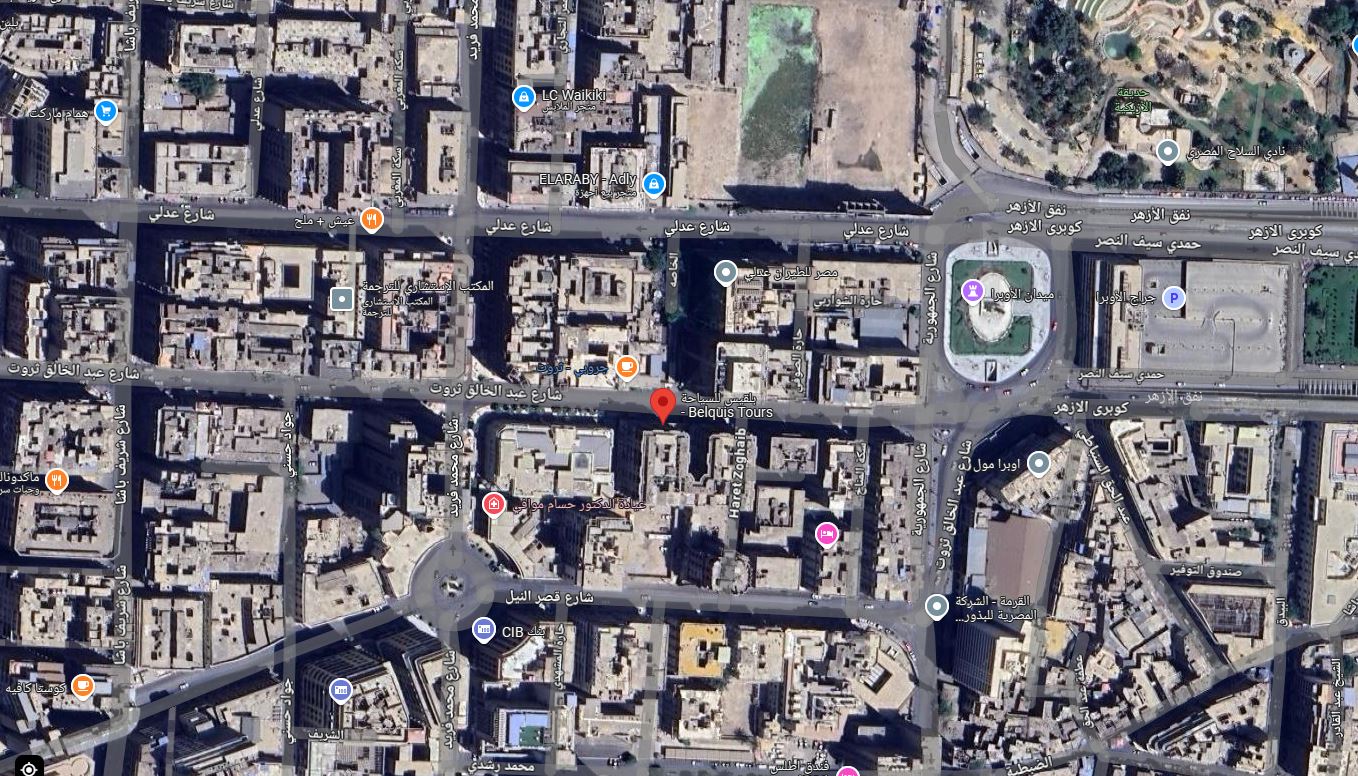Philae Island
Philae Island is an island in the middle of the Nile River and is one of the strongest fortresses along the southern borders of Egypt. It separates the Nile into two opposite channels in Aswan. It had the Temple of Philae, which was moved from its original location on Philae Island and assembled on Agilika Island, following the construction of the High Dam.
The name “Philae or “Philae” comes from the Greek language and means “beloved” or “beloveds”. The Arabic name for it is Anas al-Wujud after the legend of Anas found in the stories of One Thousand and One Nights. The ancient Egyptian and Coptic name is Bilak or Bilakh, meaning the border or the end, as it was the last border of Egypt in the south. The cult complex was dedicated to worshipping the goddess Isis, but the island also contained temples to Hathor, Amenhotep, and other temples.
Philae Through the Centuries
Philae’s temples were originally built to worship the goddess Isis and became a major religious center, attracting crowds to reenact Osiris’s resurrection.
The Great Temple was built in the 3rd century BC, followed by those of Amenhotep, Arsenopes, and Hathor—the last Ptolemaic monument, completed before 116 BC. The worship of Isis spread from Egypt to Greece and Rome, with Roman rulers continuing to embellish Philae. Emperor Augustus built a temple in the 9th century BC, followed by structures from Tiberius, Claudius, Trajan, Hadrian, and Diocletian, with work continuing until the 4th century AD.
Despite Emperor Theodosius I’s 391 AD decree imposing Christianity, Philae remained an Isis stronghold until 550 AD, when Justinian established a Christian community. The hypostyle hall became a church, and stones from ruins were repurposed for new churches, forming a village around the Temple of Isis.
With Islam’s arrival, Philae gained legendary status, linked to One Thousand and One Nights, earning the name Anas al-Wujud, after a story’s hero.
Temple of Philae
This temple dedicated to the goddess Isis was submerged by the Nile. It was divided and reassembled in a new location on Agilika Island, about 500 meters from its original location on Philae Island. Its buildings include a temple to Hathor, and visitors can watch a sound and light show at night, which is presented in different languages.
Egypt was a prosperous part of the Roman Empire and became truly wealthy. Several new cities were built there. One of the most famous buildings in Egypt in the Roman era is the so-called Pharaoh’s Bed or Trajan’s Kiosk. This monument was built on the island of Philae by Trajan, the Roman ruler.






